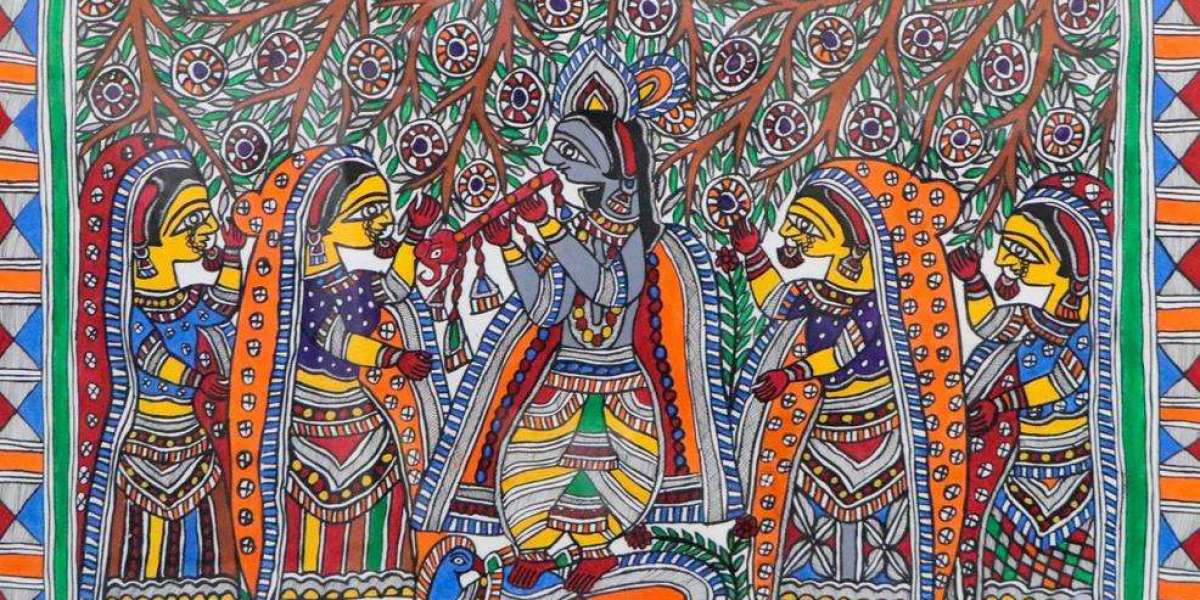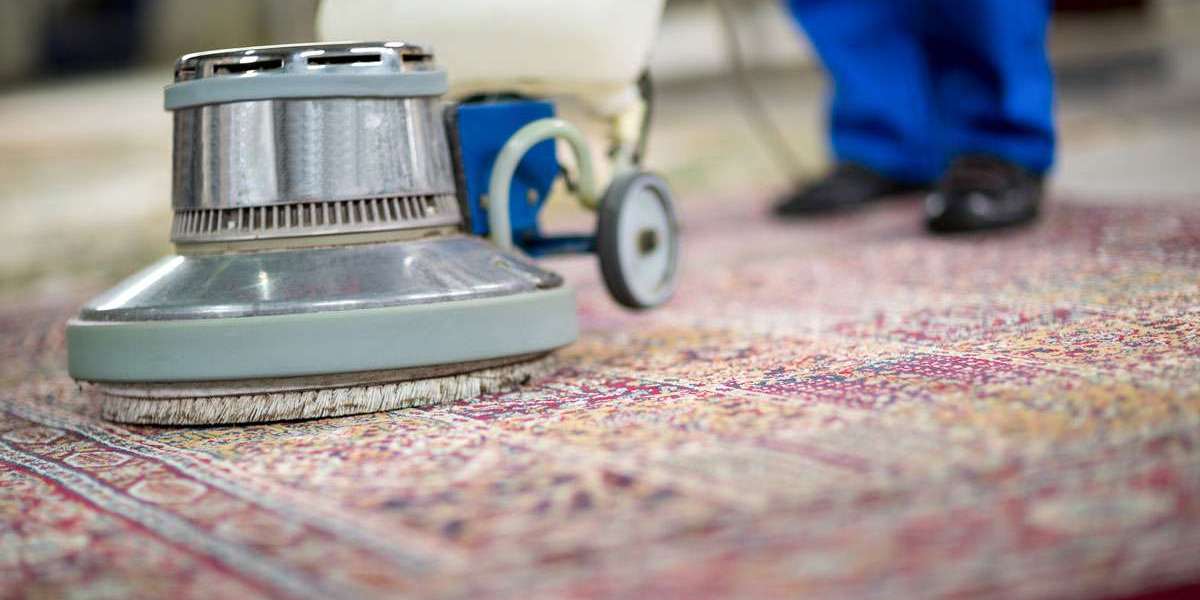Madhubani paintings, also known as Mithila paintings as the name implies, are paintings done by the people of the Madhubani district in Bihar. They are named after the place where they originated. These paintings are often made using natural dyes and are usually done with fingers, twigs, brushes, and matchsticks. Eye-catching geometric designs and patterns can be noticed in these paintings, often accompanied by religious symbols and symbols of nature. In this blog, we will discuss the origins of these paintings, the materials used, the process of making these paintings, the important role of women in making these paintings, and how they are used as cultural heritage.

The history of Mithila art can be traced back about 2500 years ago to the Mithila region when Kind Janak requested an artisan to paint a representation of his daughter’s wedding to Prince Rama. Janak was very happy with the painting and since then people used to draw Mithila paintings on the walls of their homes on every happy or auspicious occasion. These paintings often depict the events of the Ramayana, daily life, and local folklore. In the middle of the 20th century, Madhubani art became known outside of the Mithila territory. In 1934, an earthquake hit Bihar and caused a lot of damage. A British colonial officer named William G. Archer saw beautiful artwork on the walls of houses that had been destroyed by the earthquake. Archer was amazed by how beautiful these paintings were, so he chose to take pictures of them and share them with the rest of the world.
How Madhubani Paintings Are Made: The Materials Used
Natural dyes and pigments are used in crafting the paintings. The colors and dyes are sourced from natural sources such as flowers, leaves, roots, minerals, and other organic substances. The most common colors used are black, red, yellow, green, and blue, all of which are earthy colors. The artisans use their fingers, twigs, brushes, and other tools to make intricate patterns and geometric shapes. The use of natural materials depicts the connection of Traditional Mithila Arts to nature and the environment. The unique texture and vivid colors of the paintings are the result of the artisans' hard work using natural dyes and pigments. Traditionally, natural materials were used to make these paintings on the walls and floors of houses. But as time went on and people wanted to keep this art form alive, artists began to use new tools. They started painting in the Madhubani style on paper and canvas, which made it easy to show off their work and sell it.
Important Role of Women in Madhuban Art
Women play a significant role in the Madhubani or Mithila paintings as the art form was traditionally passed down through generations from mothers to their daughters. The daughters kept on adding their own creative touches and representations to the paintings, which made it a unique art form. The women of the Mithila region were the curators of the art form, and the creative talent and skill of those women made these paintings a source of empowerment and recognition. In today's world, women have transformed the art of Madhubani painting into a source of income and a means of empowerment. Not only has the art of Madhubani given women a medium through which they may express themselves, but it has also given them the opportunity to be financially independent.
Madhubani, an Art Form Dedicated to Story-Telling
The Mithila paintings are an art form that is exclusively dedicated to storytelling. Scenes from Hindu mythology, local folklore, and everyday life are often depicted in traditional Madhubani paintings. Each one of the paintings tells a narrative, conveys a specific message, or serves a particular purpose. The art form and stories are deeply rooted in the culture and traditions of the Mithila region and are passed down from generation to generation. The passage of the art form from one generation plays an important role in preserving the cultural heritage of the region.
Paintings in the Madhubani style are more than just works of art; they represent the very essence of a flourishing cultural tradition. They are the expressions of the women in a community as well as the colors of the customs that have been passed down. At the same time as we honor and appreciate the art of Mithila, we are aware of the significance of protecting and promoting such artistic treasures for the future generations of our society. These paintings are a living testimony to the devotion of Mithila's spirit, and despite the passage of time, their eternal beauty and fascinating narratives never fail to enchant audiences.








